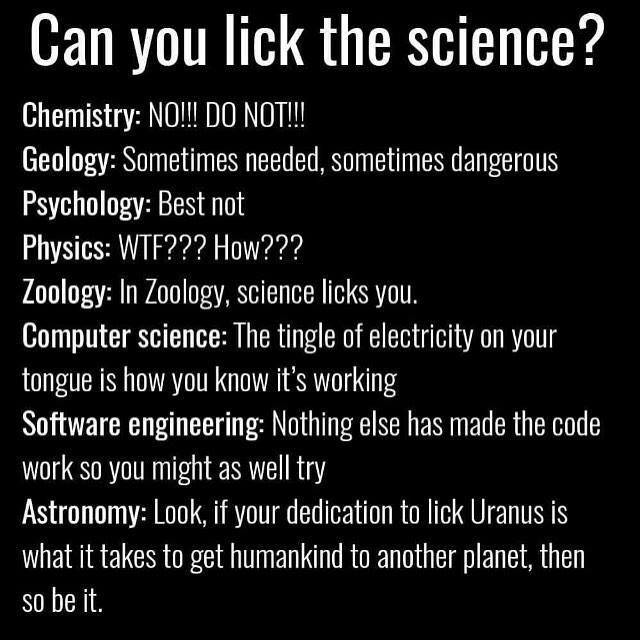

To learn more about software’s best moments in 2017, check out our 17 Ways Software Made The World A Better Place in 2017 infographic.For the rectification of these doshas, astrology In the meantime, if you think of a place where your skills could help your community grow, heal, or change for the better, get out there and get going! We’re rooting for you. With everything we’ve seen in 2017, we can’t wait to see what the world comes up with in 2018. The project, Afterglow Access, will work with students and teachers to develop and test specialized software geared toward giving blind students more tools to interact with astronomy and decreasing general reliance on sight to enjoy the subject.Ī press release from IDATA (Innovators Developing Accessible Tools for Astronomy) notes: “While BVI individuals are severely underrepresented across all fields of science, technology, engineering, and mathematics (STEM), the lack of vision-neutral tools in astronomy further increase the barrier-to-entry for BVI individuals.”Ī core belief at Capterra is that everyone has something valuable to contribute, and this project is just one more example of how human ingenuity, expressed through software, can make the world more open and amazing to everyone. This year, the NSF (National Science Foundation) awarded $2.5 million to a group including the Yerkes Observatory at the University of Chicago, Associated Universities, Inc., and Skynet to help develop “new software that will make astronomy more accessible to the blind and visually impaired.” Project Loon’s LTE balloons (via engadget ) IDATA working to open astronomy to the blind The solar panel-powered systems are functional during daylight hours.

Each balloon can cover 5,000 square kilometers and stay aloft for more than 100 days. By moving with the wind, the balloons can form one large communications network. Project Loon uses software algorithms to determine where its balloons need to go, then transports each into a wind stream blowing in the right direction. The project uses high altitude weather balloons equipped with cell tower tech to give emergency LTE coverage to damaged areas. In late October, the company launched Project Loon balloons over the skies of Puerto Rico. Google X’s mission is to invent and launch breakthrough technologies that will make the world a radically better place by solving a big problem. Outer shell for the balloons (via Business Insider ) A bunch of talented software and balloon engineers at Google X, however, made addressing that challenge a lot more feasible. Months later, electricity is still hit or miss, and 30% of the cell towers are still out.įrom the outset, reestablishing strong cellular communications on the island was a challenge. Twenty-four hours later, as the sun rose on widespread devastation, the FCC reported that 95% of the island’s cell towers were down. Hurricane Maria made landfall on Puerto Rico on September 20th. I love how Sadetsky reached out across the country to help manage hundreds of aid calls at a time when his skills were needed most.
#BEST ASTRONOMY SOFTWARE 2017 FULL#
Rescue efforts (via Hurricane Hacker Hero )įor one full week he was on constant call, adding new features and making tweaks based on feedback from those working on the front lines.Ĭommander James Spitler praised the effort, writing, “Within hours, work gave my pilots a product that was an absolute ‘game changer.’” Coast Guard, Sadetsky created a map for first responders that included the locations of rescue calls, helicopter and rescue activity, no-fly zones, and safe landing areas. He was watching calls for help ping around the internet and decided that, instead of another forum, what responders needed was a custom map.ĭrawing on his extensive background and working closely with the U.S. In the wake of Hurricane Harvey’s rampage through Texas, New York City-based developer Greg Sadetsky had an idea. Capterra has pulled together the year’s highlights in an infographic, but there are three I wanted to draw special attention to: Recovering from Hurricane Harvey In 2017, software-and the businesses that develop it-once again demonstrated their power for good. I like to think of software as the Iron Man suit we can don to help advance our causes…while it won’t cure the world’s ills on its own, it gives humanity the chance to do the right thing in a way we could never have imagined when I was growing up.
#BEST ASTRONOMY SOFTWARE 2017 PROFESSIONAL#
Whether for personal or professional use, the right tech can turn a large, complex world into a smaller, more satisfying one.

At Capterra, we believe software makes the world a better place.


 0 kommentar(er)
0 kommentar(er)
